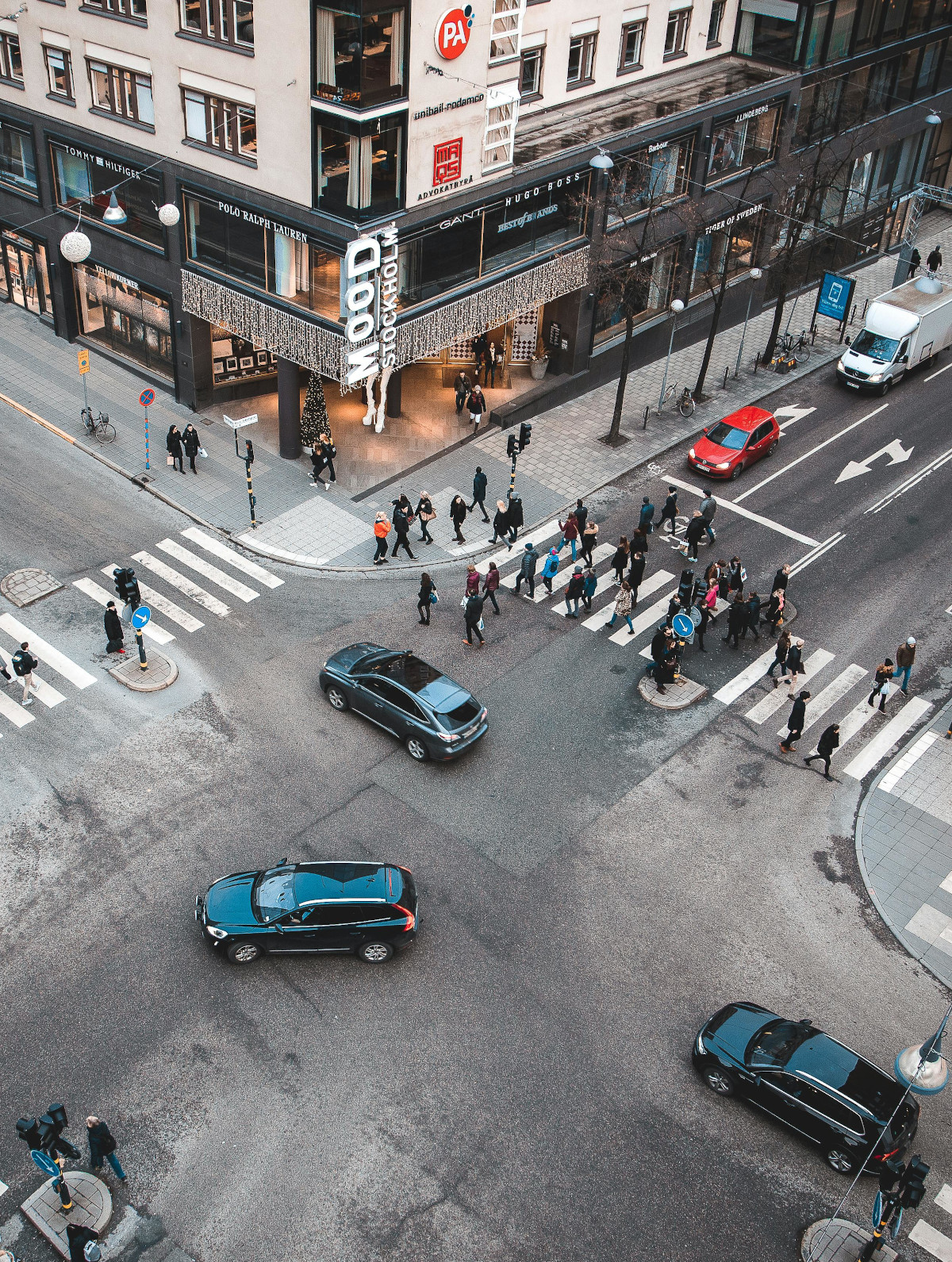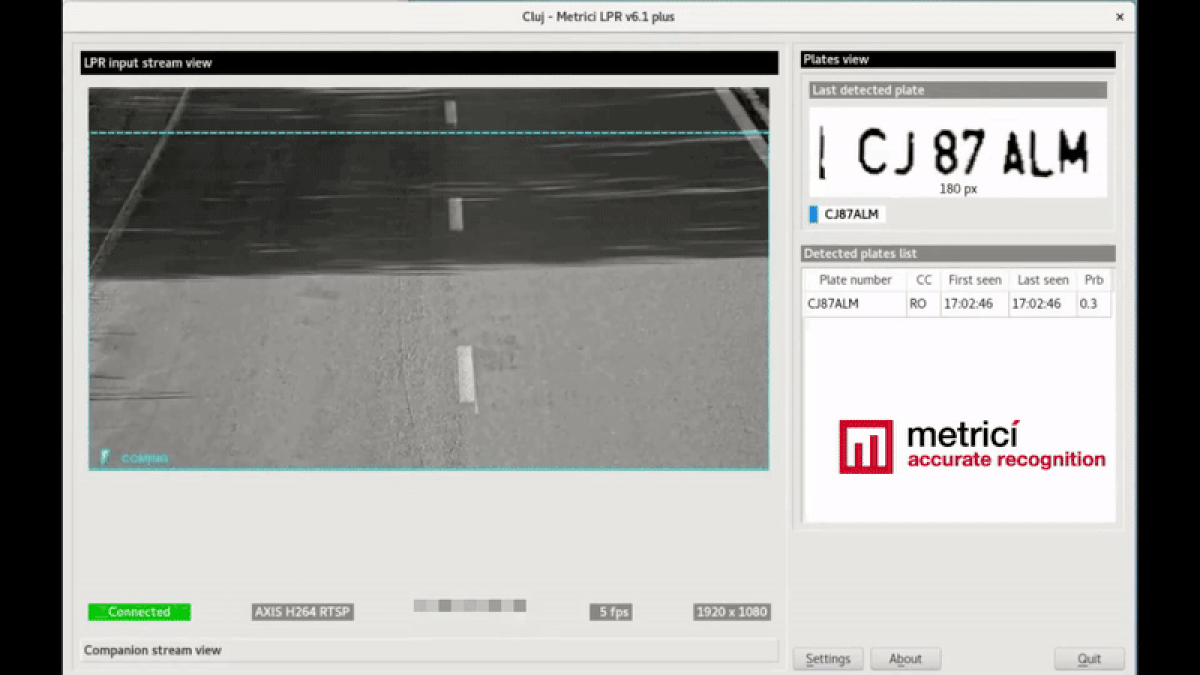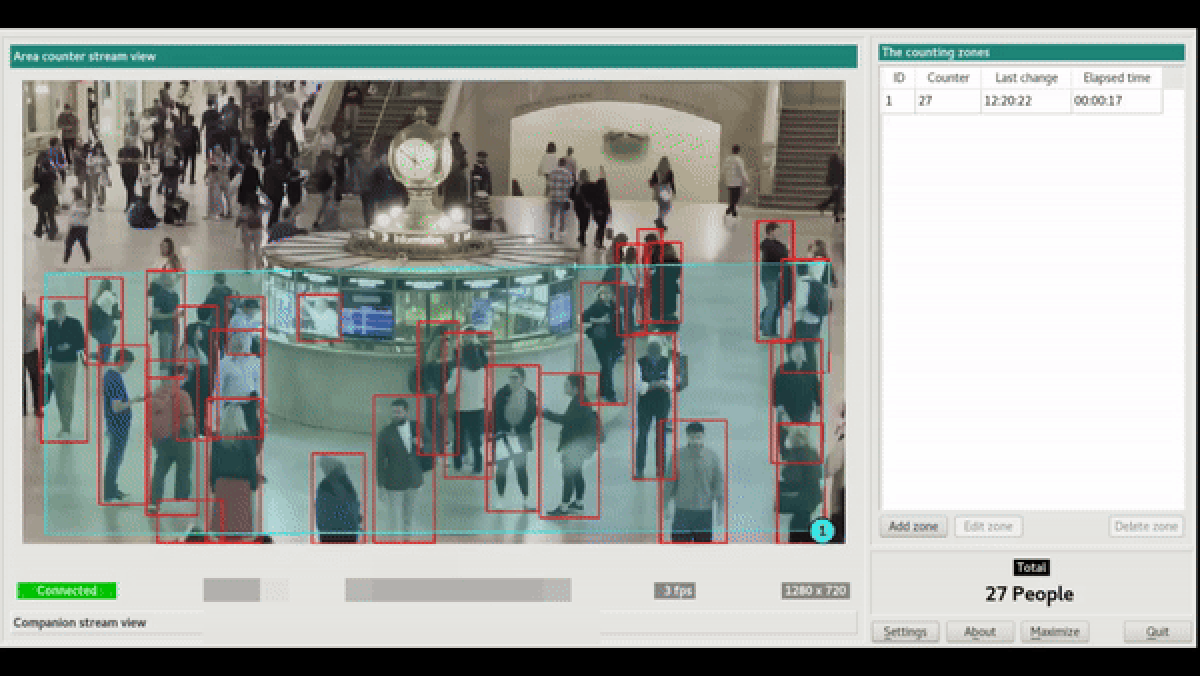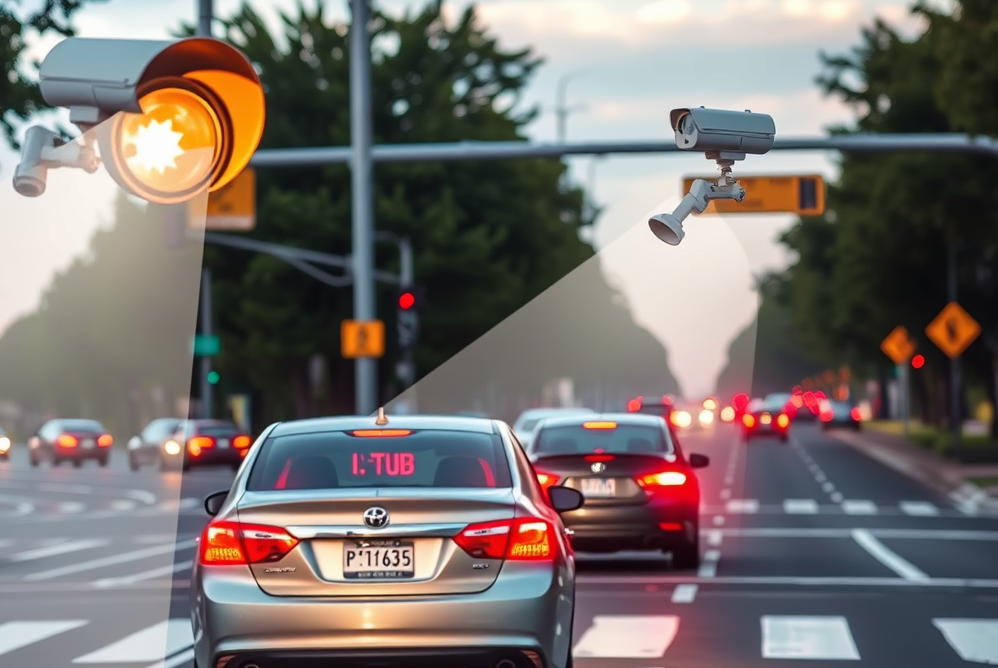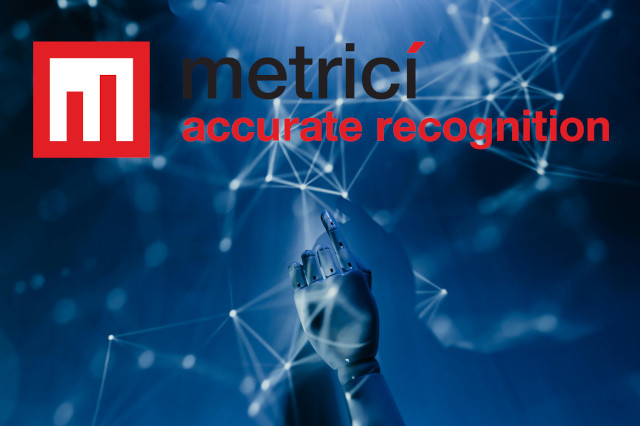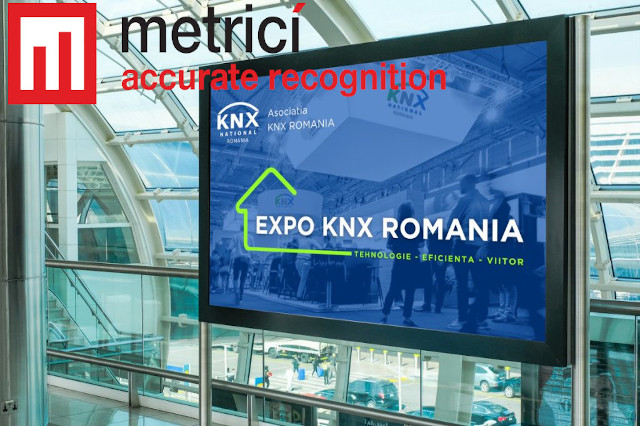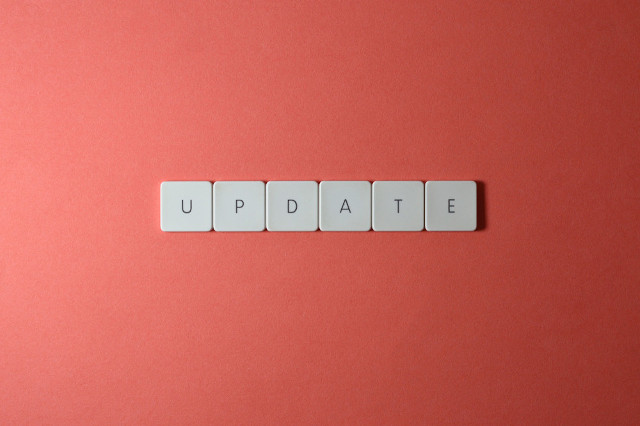- home
-
Products
- Products
- Metrici Custom Applications
- Metrici LPR
- Metrici LPR Parking Module
- Metrici LPR Toll Station Module
- Metrici LPR Weighing Module
- Metrici PPD
- Metrici Area Counter
- Metrici Line Counter
- Metrici QR Code Reader
- Metrici Container Code Recognition
- Metrici Thermal Analyzer
- Metrici Car Kit
- Metrici Server Systems
- Metrici Observer Radar
- Metrici LED Display
- Metrici MultiController
- Metrici LAN Controller
- case studies
- Applications
- Resources
- news
- videos
- Contact
Intersection and Traffic Management
AI-driven intersection and traffic management can significantly improve traffic flow, reduce congestion, and enhance road safety by integrating various technologies. Here's how each of the Metrici tools you work together in a comprehensive system::
License Plate Recognition (LPR)
Metrici LPR technology reads the license plates of vehicles approaching or crossing intersections
Use Case:
Car Recognition (Vehicle Classification and Make)
Classify vehicles into different types such as cars, trucks, motorcycles, buses, tram, semi-truck, SUV, utility for a total of 9 classes. Identify maker for each one - over 60 producers on the list
Use Case:
Line Counter (Virtual Line Cross Detection)
Detect and count the number of vehicles (or pedestrians) that cross a virtual line at an intersection
Use Case:
Area Counter
Count the number of vehicles or pedestrians within a designated area, such as waiting at an intersection or a stoplight
Use Case:
People Recognition
AI-based computer vision can detect people for applications like pedestrian detection
Use Case:
Red Light Runner Detection
Metrici detects whether the traffic light is red usually using cameras but also with sensors
Use Case:
System Architecture
Data Collection
Data Processing (AI/ML Algorithms):
Real-Time Traffic Management:
Violation Detection & Enforcement:
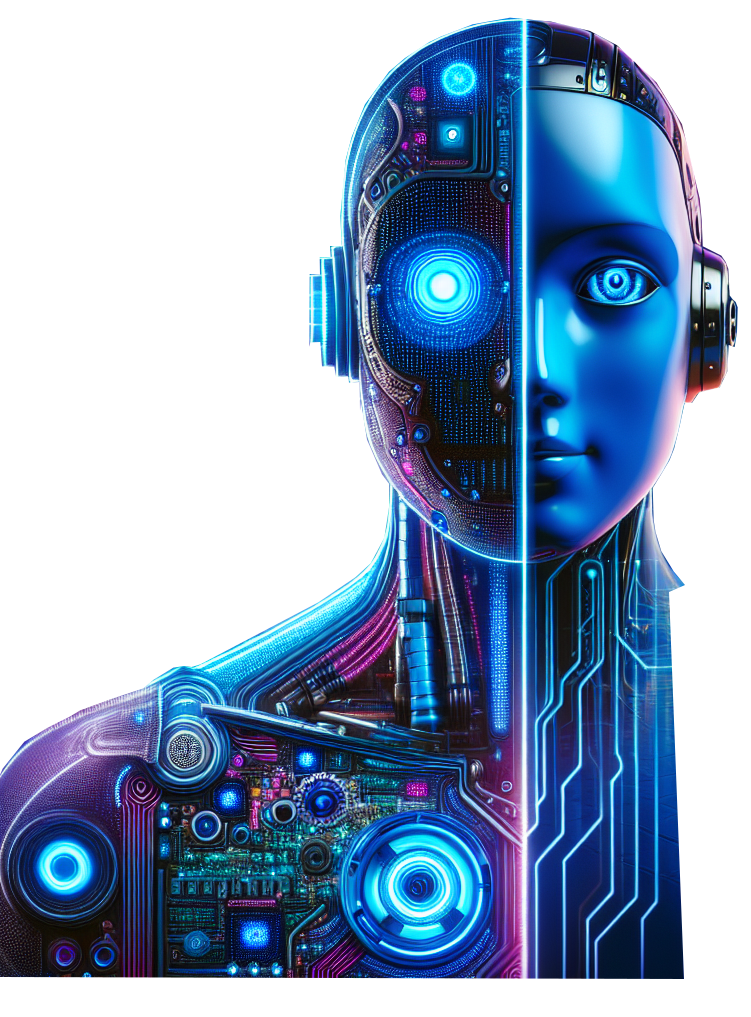
Advanced Use Cases
Smart Routing:
Data Analytics & Report:
Pedestrian Safety:
